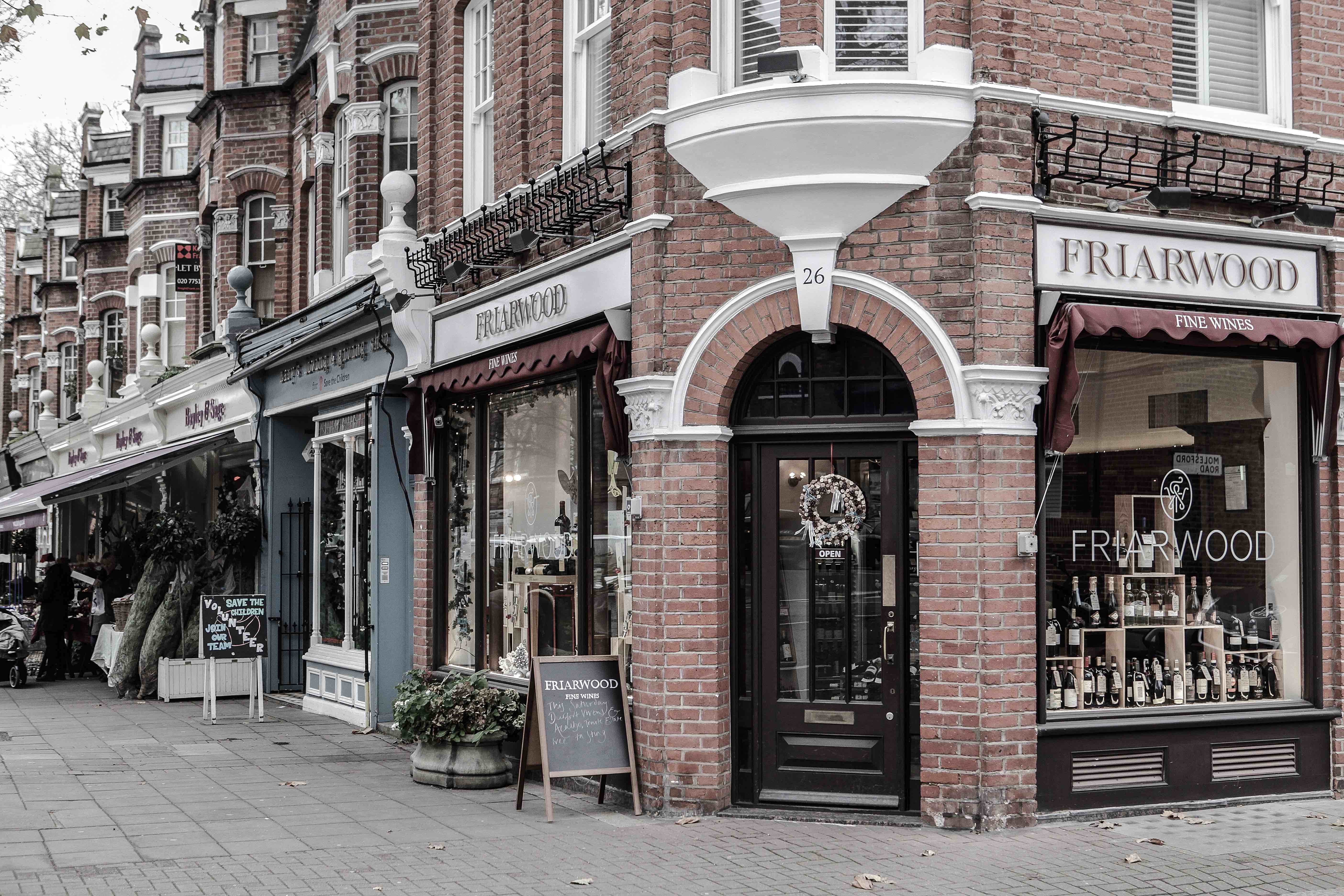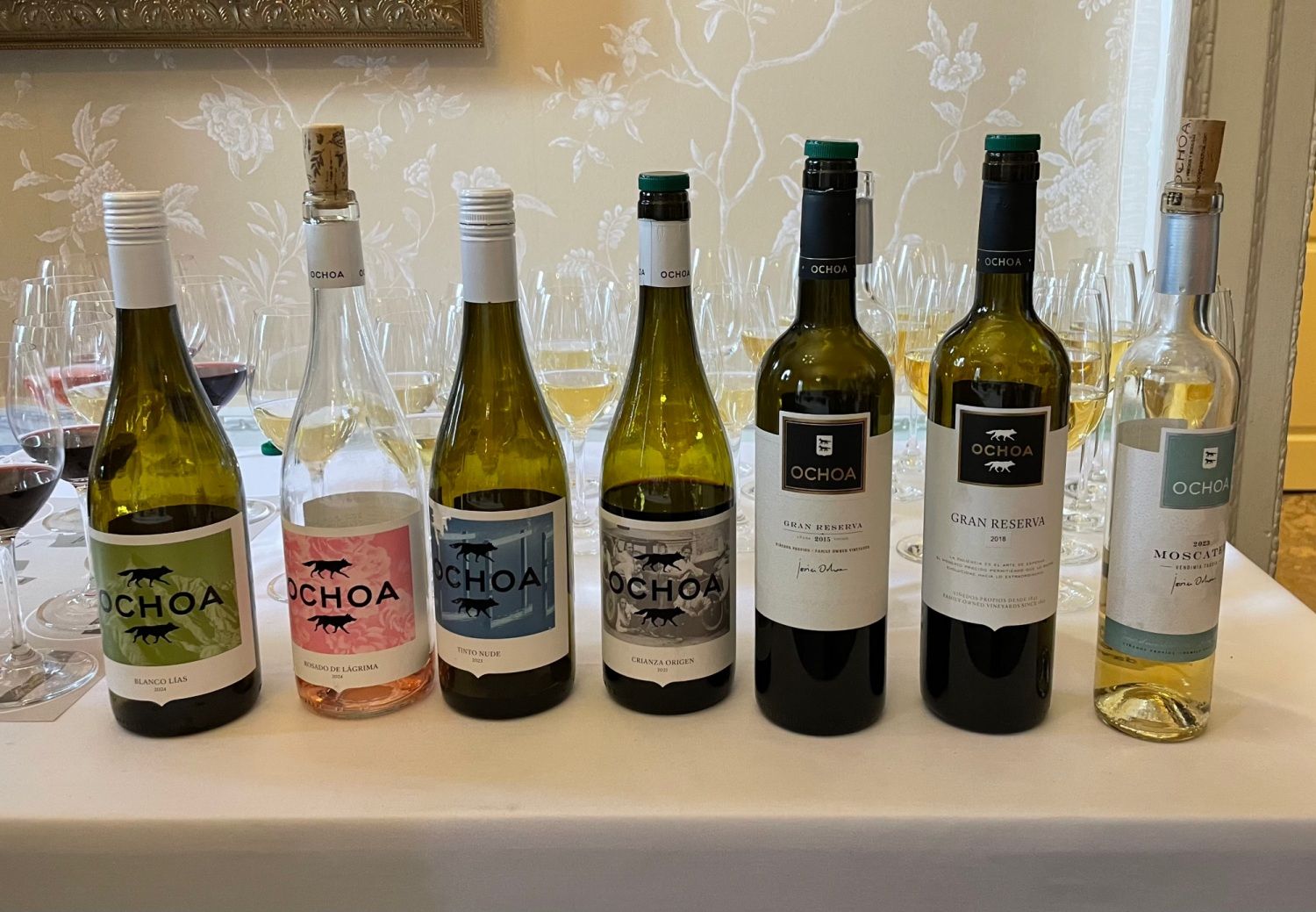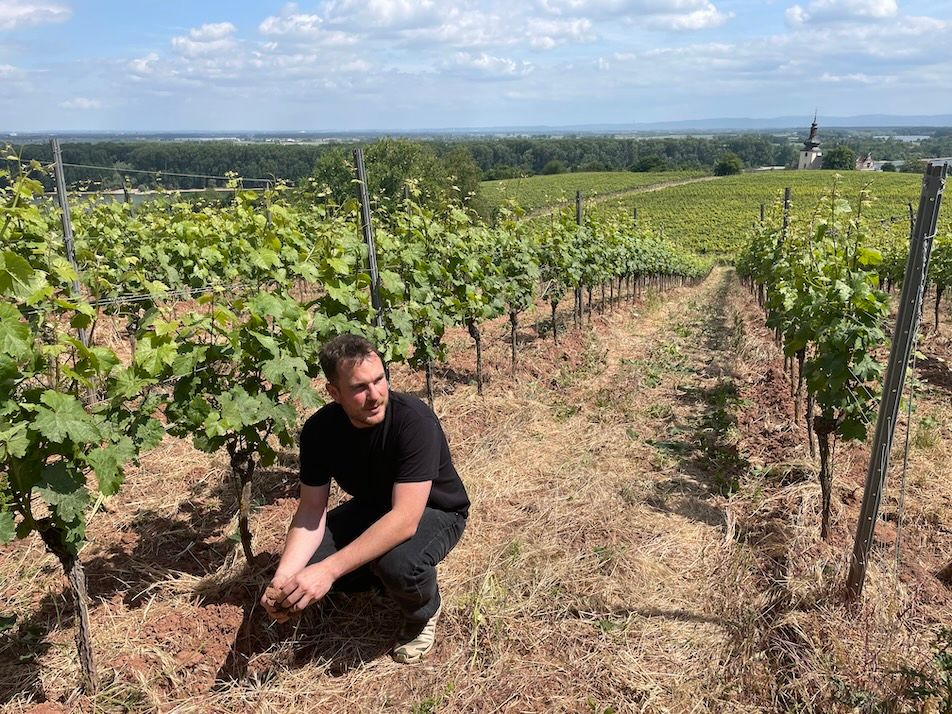We might not have enjoyed a great summer weather wise, but that has not stopped rosé sales booming and, as Friarwood’s managing director, Ben Carfagnini, explains the bigger and paler the better.

Ben Carfagnini along with Auriane D’Aramon and Eduoard Dautreix: the team behind Friarwood
How are your overall sales to date for the year?
We are having a good 2017. Sales are up 30% year-on-year and what is particularly pleasing is we are seeing an increase in footfall and returning shoppers
What are the big growth areas?
Large formats, rosé and premium non-French wines. Italy and Australia are our two largest growth countries.
How do rosé wines sales compare to other categories/styles of wine in terms of sales?
We find that rosé wines are very variable, based mostly on weather and time of the week. Rosé sales tend to be inversely correlated to red sales, and not correlated to white sales. It would seem like red wines drinkers turn to rosé when it is hot and sunny, while white wine drinkers prefer to keep on drinking white wines.
Have you been doing anything specific to promote your rosé sales during the summer? If so what?

Friarwood has re-organised its wine displays to ensure rosé wines are prominent as soon as customers walk through the door.
The interesting thing about rosé is that it is more of an impulse purchase for instant consumption. We try to push the sales by making sure our rosé wines are a key part of our window display. We also make sure they are the first wines a shopper sees when entering our retail store. We also position all our rosé wines at eye level in our fridge. We now have 100% of our rosé available chilled to make the most of that impulse opportunity.
Which styles of rosé are doing well for you? Why do you think that is?
Without doubt it is the pale, dry rosés that are doing the best. People tend to associate pale with quality. Moreover, the branding from a couple of estates in Provence, are making a huge impact. People are purchasing a brand rather than a wine style – definitely selling on its own.
What sort of price points are working best for rosé overall?
Between £10 and £20 is the ‘sweet’ spot. £10 for every day non-branded rosé, and just under £20 for branded rosé.
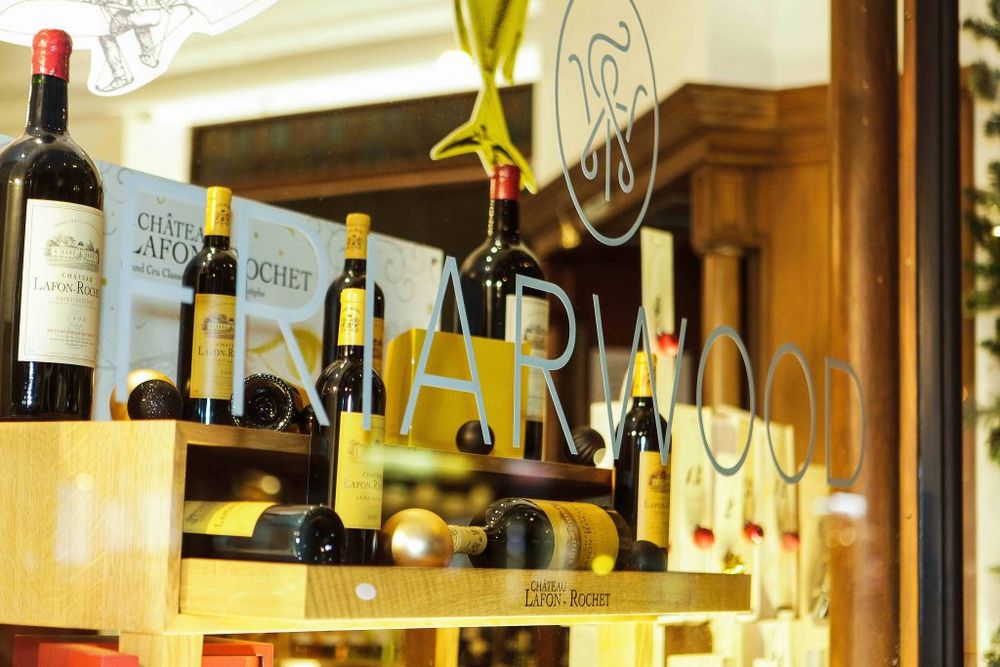
Friarwood has made rosé wines a key feature of its window displays during the summer
Which price points are working well for Provence?
On branded products, surprisingly, the price does not seem to affect the buyer. However, on non-branded rosé, the shopper needs to have a better perceived value for money and it becomes a harder sell.
Is bottle shape important for rose sales? If so what sort of bottles do you prefer to buy?
The shape of the bottle does not seem to matter, but instead, what does seem to matter, is the size and the label. We have seen a huge demand for large format, magnums, and even more on double magnums and even 6 litre bottles!
What are you most looking for when looking to list a new rosé?
It depends if we are looking into a branded or non-branded rosé. For branded rosé, customers drive the decisions, just like in fashion. For non-branded rosé we focus on value for money. It still needs to be sold at the end of the day, so being dry, pale, and visually appealing are the most important factors.
Any other general comments about rosé?
It will be interesting to see the how rosé sales will be during the winter, particularly with the branded rosés that are selling so well now. Can they move from a seasonal to non-seasonal consumption? And what will happen when the pale and dry rosé is not the latest ‘trend’ – how will the brands change their strategy and adapt then?
- If you would like to share how well your rosé wine performance has been this summer then please contact Richard Siddle at richardsiddle@btopenworld.com.
- The Buyer has been looking to explore different aspects of the rosé category throughout the summer as part of a partnership with leading French producer, Castel Frères. You can read more about its own range of rosé wines, with a particularly strong emphasis on Provence rosé in their dedicated Supplier section here.
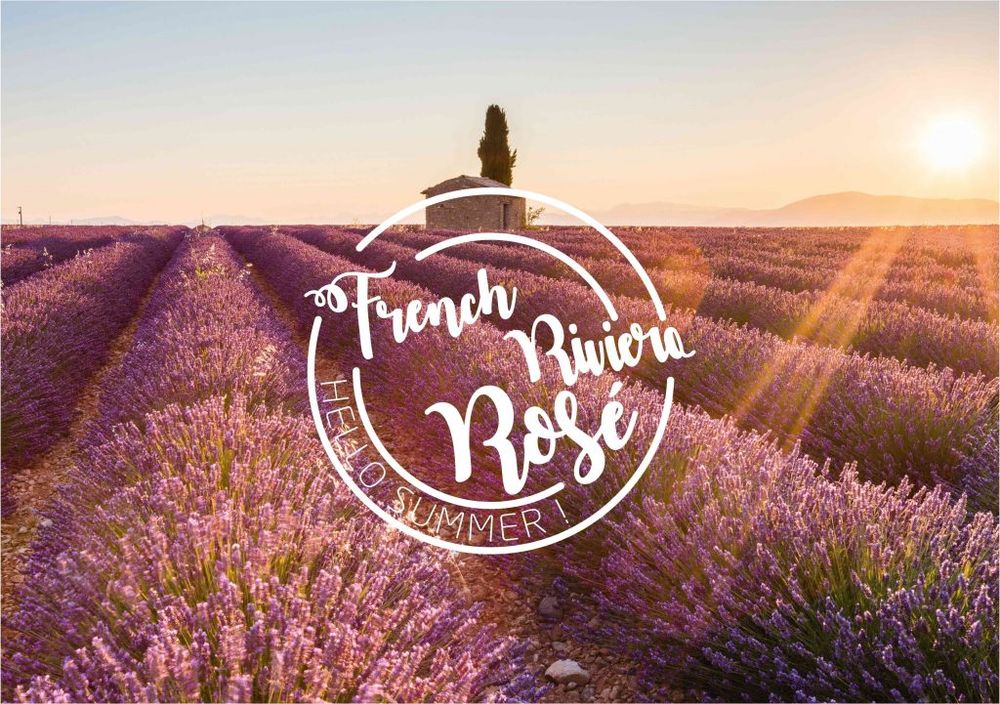
For Castel Freres it’s all about promoting the opportunities for rosé from the French Riviera
